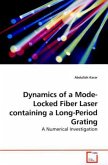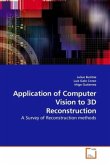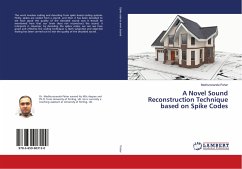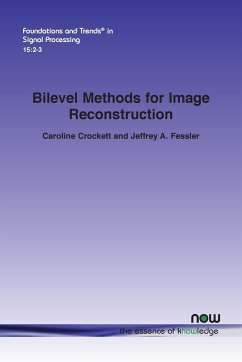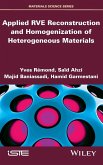Periodic structures, called diffraction gratings, play an important role in optical lithography. When the incident field and the shape of a grating is known, the diffracted field can be computed by using the rigorous coupled-wave analysis (RCWA) or the C method. These so-called forward models solve Maxwell's equations for time-harmonic fields by transforming them into algebraic eigensystems.
The reconstruction of a grating shape starts with an initial guess of its shape. The diffracted field is computed with the forward model and compared to actual measurements. The difference between them determines how the shape parameters should be adjusted. This will be repeated iteratively until an optimal solution has been found.
The focus of this work lies in finding the first-order derivatives of the diffracted field with respect to the physical parameters. This can be done by finite differences, but straightforward differentiation of the relations within RCWA gives a more accurate and faster way to find these derivatives.
The reconstruction of a grating shape starts with an initial guess of its shape. The diffracted field is computed with the forward model and compared to actual measurements. The difference between them determines how the shape parameters should be adjusted. This will be repeated iteratively until an optimal solution has been found.
The focus of this work lies in finding the first-order derivatives of the diffracted field with respect to the physical parameters. This can be done by finite differences, but straightforward differentiation of the relations within RCWA gives a more accurate and faster way to find these derivatives.



